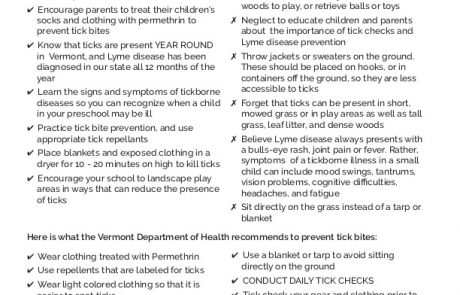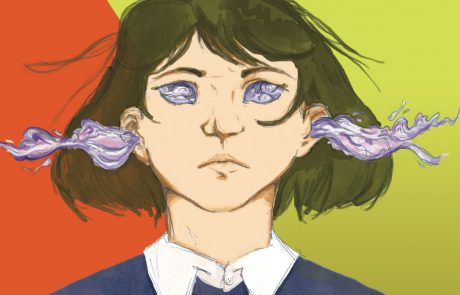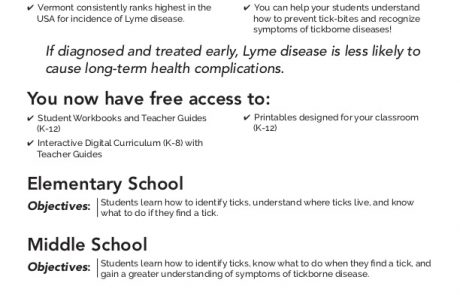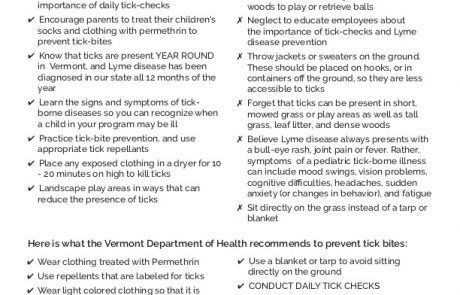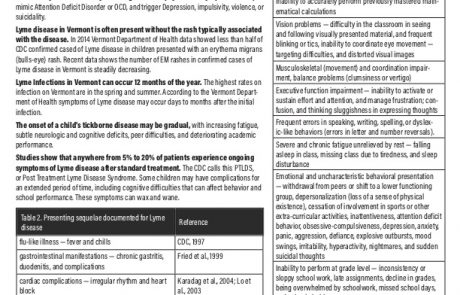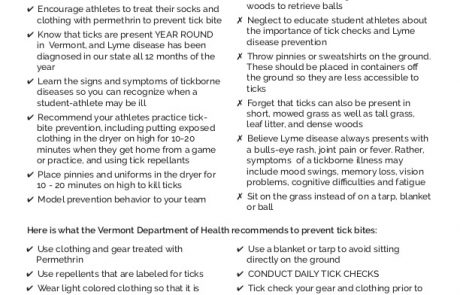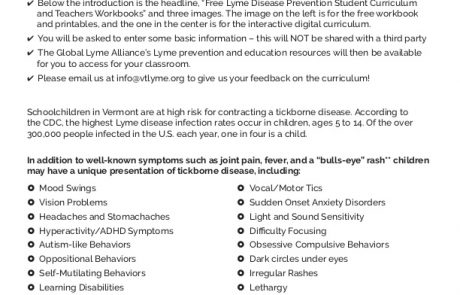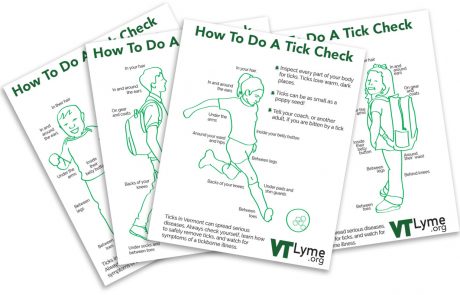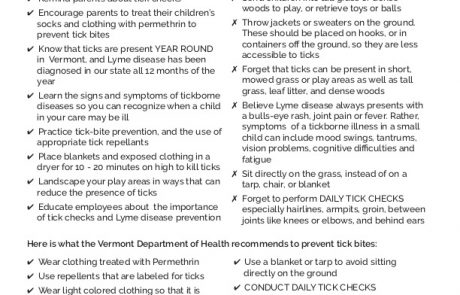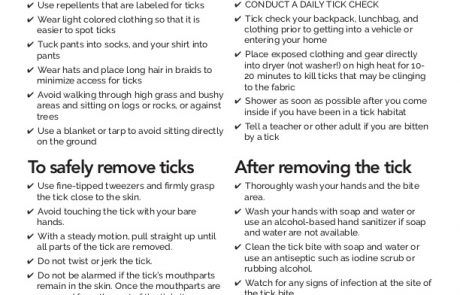
Children and Teens in Vermont are at high risk for contracting a tickborne disease. According to the CDC, the highest Lyme disease infection rates occur in children, ages 5 to 15. Of the over 300,000 people infected in the U.S. each year, one in four is a child.
Pediatric Lyme and tickborne diseases may have unique presentations and symptoms. For example, the Vermont Department of Health’s 2014 Lyme Surveillance Report showed less than half of Vermont children with a confirmed case of Lyme disease had a “Bulls-Eye” rash.
In addition to well-known symptoms such as joint pain and fever, children with Lyme disease may have:
- Mood Swings
- Vision Problems
- Headaches and Stomachaches
- Hyperactivity/ADHD Symptoms
- Autism-like Behaviors
- Oppositional Behaviors
- Self-Mutilating Behaviors
- Learning Disabilities
- Trouble with Processing Speed and Memory
- Vocal/Motor Tics
- Sudden Onset Anxiety Disorders
- Light and Sound Sensitivity
- Difficulty Focusing
- Obsessive Compulsive Behaviors
- Dark circles under eyes
- Irregular Rashes
- Lethargy
Young children may not recognize or volunteer these signs and symptoms. School Nurses and Educators are in a unique position to recognize tickborne diseases in children. Please share VTLyme.org resources with your child’s school and community. To help prevent tick bites and related tickborne diseases encourage teachers to use this free K-12 curriculum in their classroom
“Some of these symptoms may be very subtle, so it is difficult for [parents and] teachers to realize that they are dealing with a sick child, rather than a child who is daydreaming, or simply trying to avoid his school work.”
—S. Berenbaum, LCSW


